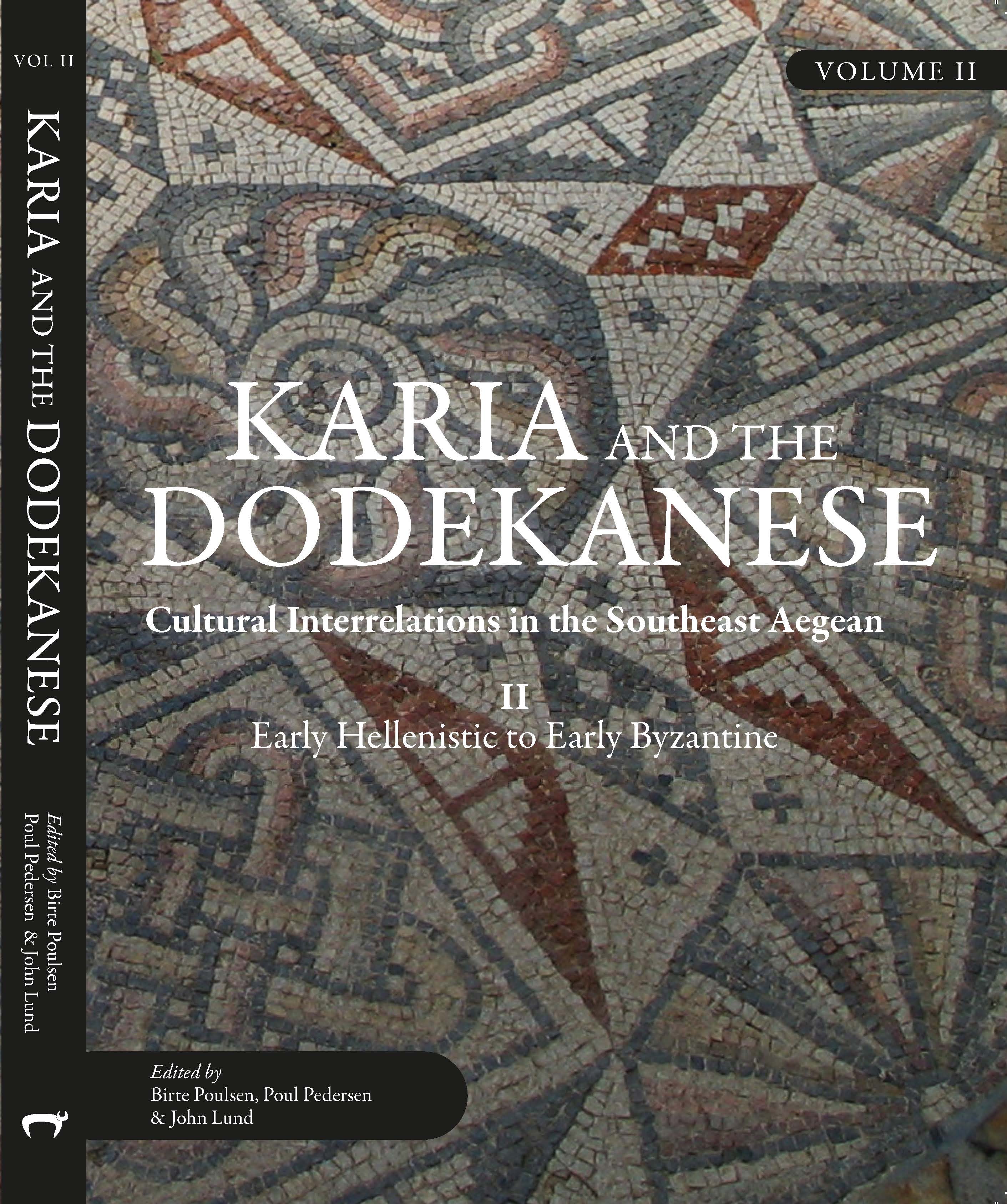Tracing networks of the Hellenistic amphora market: a study based on Rhodian, Knidian and Koan transport amphoras
New publication by PhD student Nikoline Sauer.

Sauer, N. (2021). "Tracing Networks of the Hellenistic Amphora Market: A Study Based on Rhodian, Cnidian and Coan Transport Amphoras", in: Poulsen, B., Pedersen, P. and Lund, J. (eds.), Karia and the Dodekanese: Cultural Interrelations in the Southeast Aegean, vol. II, Oxford, 125–139.
In the new article, methods from network analysis are used to map and analyse Hellenistic trade networks based on transport amphoras from the southeast Aegean area, namely Rhodian, Knidian and Koan amphoras.
The article is published in the second volume of Karia and the Dodekanese: Cultural Interrelations in the Southeast Aegean, which presents new research that highlights cultural interrelations and connectivity in the Southeastern Aegean and western Asia Minor over a period of more than 700 years (early Hellenistic to early Byzantine period). Throughout antiquity, this region was a dynamic meeting place for eastern and western civilizations. Volume I and II comprise the proceedings of the International Conference ”Karia and the Dodekanese: Cultural interrelations in the Southeast Aegean ca. 500 BC–AD 500” held at the Danish Institute at Athens, 24–25th of January 2018.
Abstract: The paper studies the networks of Hellenistic Rhodos, Knidos and Kos based on around 200,000 amphoras and amphora fragments found in the Mediterranean and Black Sea area. The archaeological finds of Rhodian, Knidian and Koan amphoras are being studied as evidence of links between the amphora production centres and the findspots, which jointly demonstrate the exchange networks of the southeastern Aegean amphora producers. Using methods from network analysis, the first part of the study examines these networks at local, regional, and interregional levels together with the separate shares of the amphora market. The second part of the study investigates the underlying mechanisms of the networks, taking into consideration political, economic, religious, social, and biological factors. Overall, the study illuminates how it was possible for Rhodos, Knidos, and Kos to profit substantially from the same amphora market in the Hellenistic period.
